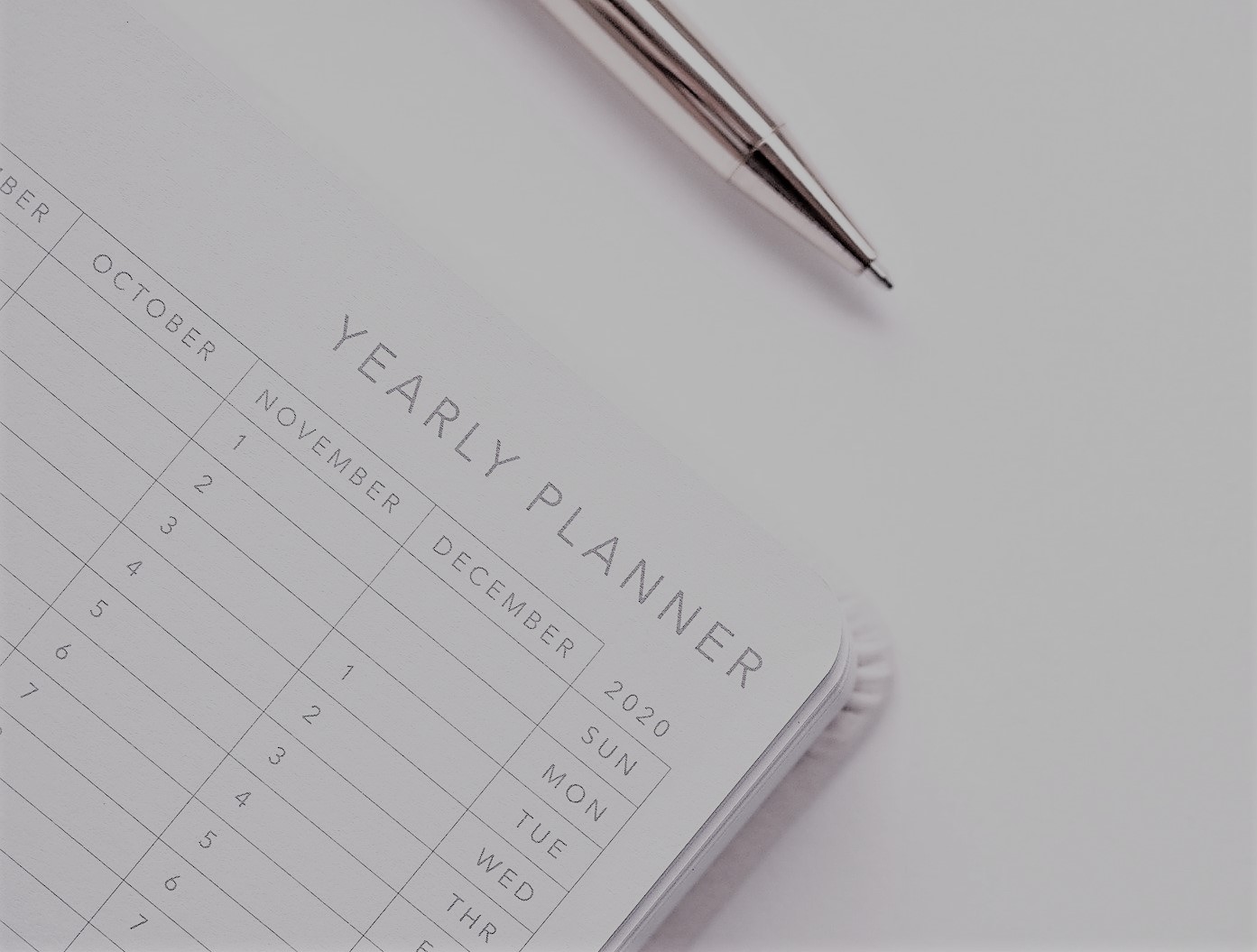Here at Wellspace, we often discuss the importance of employee wellbeing and provide tips and advice on how businesses and employers like yourself can achieve the best employee wellbeing results.
In this blog, we’re going to discuss when you should restart your holiday year to achieve the best employee wellbeing results.
Achieving The Best Employee Wellbeing Results
The wellbeing of your employees relies on a whole host of factors. If you’d like to have a more productive and engaged workforce, fewer absences and reduced costs in relation to health and presenteeism, you need to be prioritising the health and wellness of your employees. Factors that impact employee wellbeing include:
- office environment
- the relationship your employees have with their fellow colleagues
- the workload of each employee
- working hours/patterns
- support employees receive within the workplace
- training available to employees (or lack of)
- ease of booking annual leave
The dates in which your holiday year starts and ends isn’t the first thing that springs to mind when people think about employee wellbeing. That being said, the holiday year can have a surprising impact on the wellbeing of your employees.
The Importance Of Annual Leave
Whichever industry or position you work in; annual leave is an essential aspect of the job. The vast majority of us spend a lot of time within the workplace. Annual leave gives each of us the opportunity to take a much-need break to rest and re-energise.
Taking a break from work has a range of benefits for our mind and body, regardless of whether it’s a two-week beach holiday or just a couple of days at home.

For an employee, taking a break can reduce stress, improve work-life balance and increase motivation within the workplace. It gives people an opportunity to relax, bond with their family and friends, and rejuvenate the mind and body.
For employers like yourself, encouraging your employees to take their annual leave can lead to an increase in workplace productivity and engagement, fewer absences and stronger workplace relationships.
Calendar Year
There tend to be four main types of holiday years. The date in which a company chooses to start their annual leave is completely up to them. However, the annual year should be clearly outlined to every employee.
The most popular holiday year is the calendar year, which runs from the 1st January to the 31st of December. This is likely the most common holiday year as it is simple for everyone to follow and is relatively easy for line managers and HR professionals to keep on top of.
In terms of employee wellbeing, choosing the calendar year has its pros and cons. On the one hand, it’s great as the beginning of the Calendar year falls in line with the time of year when most employees will be planning their upcoming holidays.
Similarly, it gives parents and carers enough time to book a summer holiday early, and avoid holiday prices reaching their highest. It also gives employees the opportunity to use the last of their annual leave over the festive period. What could be better than taking a day off to finish your Christmas shopping?!
On the other hand, this surge of holiday requests in the first few weeks of January can lead to employees losing out on specific dates if they clash with their colleague’s holiday requests. Also, as previously mentioned, some employees will try to use up their remaining annual leave in December. This is beneficial for them but will only add to the already stressful schedule of the employees working over the festive season.
Financial Year
The financial holiday year runs from the 1st April to the 31st March. For business owners and finance managers, aligning the holiday year with the financial year can make things much easier. However, because the Easter Bank Holidays don’t fall on a set date and may fall before April, the financial year may not be the best option for your employees.
Easter is already a popular time for annual leave (particularly family holidays) and if Easter falls before April, there may be a high surge in holiday requests as people try to use up the last of their holidays. Unfortunately, this may lead to some employees missing out on the dates they wanted – this can be particularly frustrating if they were planning a holiday abroad.
Summer Year
The summer year sometimes aligns with the academic year; it starts on 1st September and finishes on 31st August. The dates of a summer year can vary as long as it begins and ends during the summer months.
If your business employs a high number of students and graduates, it can work really well for both yourself and your young employees.
Also, because the end of the holiday year occurs during the summer months, it gives your employees the opportunity to use their remaining annual leave whilst the weather is still good. What could be better for employees than taking a break from work whilst the sun is shining? Long weekend by the sea anyone?
Employee Start Date
Some businesses choose to start the annual leave on the date each employee begins their job. This means every employee has a different start and end date for their annual leave. In our opinion, this type of holiday year has the widest range of pros and cons.
For example, your employees have a higher chance of securing the dates they want. Plus, you won’t have to deal with a surge of holiday request as the team clamour to use their remaining annual leave at the same time.
Your employees will be able to easily keep track of their annual leave and won’t have to wait for a line manager to get back to them regarding their pro-rata entitlements.
Unfortunately for your line managers and HR professionals, it may be tricky to keep on top of which employees have annual leave left to take before the end of ‘their year’. Also, line managers may struggle to allocate projects to team members if holidays are often overlapping.
Get In Touch
If you’d like to find out more about achieving employee wellbeing, get in touch with Wellspace. Here at Wellspace, we are experts in workplace wellness. We are aiming to revolutionise workplace wellness with our leading app, online portal and tailored wellbeing training.











